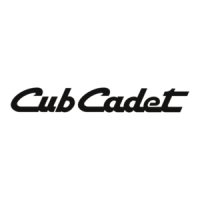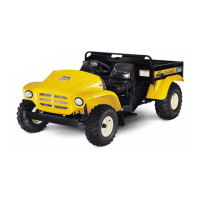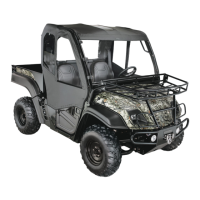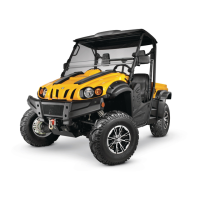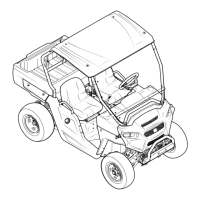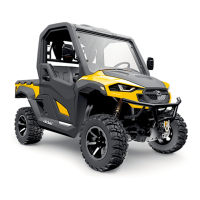4x2 Utility Vehicle
Model 420A
430A
430D
Operator’s Manual
PRINTED IN U.S.A.
FORM NO.
769-00665.fm
(2/03)
IMPORTANT: READ SAFETY RULES AND INSTRUCTIONS CAREFULLY
Warning: This unit is equipped with an internal combustion engine and should not be used on or near any unimproved forest-
covered, brush-covered or grass-covered land unless the engine’s exhaust system is equipped with a spark arrester meeting
applicable local or state laws (if any). If a spark arrester is used, it should be maintained in effective working order by the operator.
In the State of California the above is required by law (Section 4442 of the California Public Resources Code). Other states may have
similar laws. Federal laws apply on federal lands. A spark arrester for the muffler is available through your nearest engine authorized
service dealer or contact the service department.
CUB CADET LLC P.O. BOX 361131 CLEVELAND, OHIO 44136-0019
